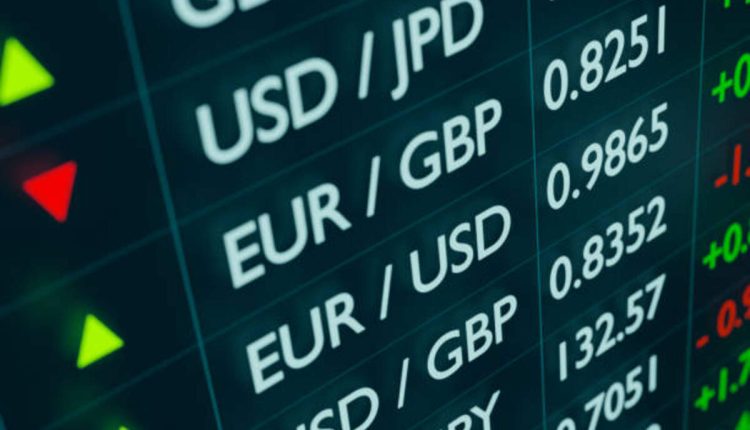Forex trading involves buying one currency and selling another at the same time, usually according to geopolitical and economic forces. Forex traders make money by predicting which pairs will rise or decline in value and trading them accordingly. What do you need to consider about forex robot.
Forex pairs include two currencies – a base one on the left and an opposing quote one on the right – that you purchase if you expect their value to increase relative to each other.
Currency pairs
Currency pairs refer to two national currencies from two different nations linked together for trading on the foreign exchange market. To trade a pair, traders must buy one currency and sell another, capitalizing on each pair’s specific characteristics to profit from its movement or utilizing stop-loss orders to limit losses.
There are numerous pairs to select, with some more popular than others. Major pairs – made up of the world’s most traded currencies – typically feature lower volatility than other pairs while offering high liquidity levels, making them an excellent option for beginning traders.
Prices for pairs are displayed with their base currency listed first, and the quote currency is shown to its right. For instance, EUR/USD is a currency pair in which the euro acts as both base and quote currencies; its quoted price represents how much of that second currency would be necessary to buy one unit of its base currency.
Margin requirements
Forex margin is a good-faith deposit that brokers require from clients in order to control trades. Traders use this money as collateral against overdraft fees incurred when trading forex; its amount may change periodically depending on market fluctuations and individual broker policies.
The required margin depends on the currency pair in which it is required but typically ranges between 2% and 5% of its notional value. Notional value refers to the difference between the buying and selling prices of one currency in the pair; typically, this would be the base currency as the starting point.
Margin is determined as a percentage of a position’s notional value and can be determined using a forex margin calculator. Its exact calculation depends on both the minimum margin required by your broker to open an account and the leverage offered; for instance, if this requires only 1%, you need only put up $1,000 of your capital and can control an account worth $100,000!
Leverage
Leverage refers to using borrowed funds to invest in an amount greater than your capital, enabling you to trade with more capital than you otherwise would and thus make more profits; however, this also significantly increases losses; for this reason, a thorough risk management plan must be put in place prior to any trade using leverage.
Forex trading involves betting on the future direction of currency pairs influenced by economic data and news. To be successful, traders must analyze this data to forecast price movements before buying or selling them to make a profit.
One critical advantage of forex trading is the liquidity or ease with which a currency can be bought or sold. The foreign exchange market is considered one of the most liquid markets globally, with high volumes of transactions and 24-hour access. This makes it easier to find buyers or sellers and fill orders—ideal for new traders with minimal initial investments.
Trading platforms
Trading platforms are essential tools that traders rely on for conducting their trading activities. They are typically provided by brokers or financial institutions. Trading platforms enhance traders’ trading experiences and help them make more informed decisions by offering features like real-time quotes, news feeds, market analysis/research information, and charts, which enable users to identify trading opportunities more quickly.
Your choice of trading platform depends entirely upon your individual needs and goals. If you are beginning, choose one with educational resources and customer service support; more advanced investors might prefer platforms that enable practice trades before making actual investments.
Online trading has made investing much simpler. It provides access to accounts at any time and place, trading with ease and making financial success simpler and more rewarding than ever. Finding an intuitive yet cost-effective platform such as TD Ameritrade’s top-rated one—perfect for beginners with no balance minimums and outstanding educational content—is essential.
Trading hours
Trading hours refer to the time frames during which markets are open for trading, which vary depending on the market and the broker. Typical trading markets include currencies, commodities, and stocks. Many brokers also provide extended trading hours sessions, which enable traders to react quickly to significant news events outside regular trading hours.
Extended-hour traders often experience higher volatility due to lower market volumes during these sessions; it is, therefore, essential for them to fully comprehend the risks involved and best practices for trading during this timeframe.
To ensure extended trading hours, make sure your broker offers flexible trading rules and conditions. A demo account can also help you familiarise yourself with the platform before investing real money. Start small as your confidence and experience increase; consider starting small but increasing position sizes over time as your comfort grows.
